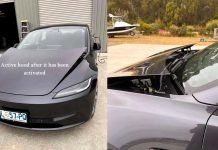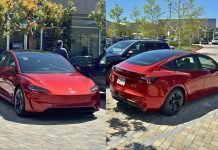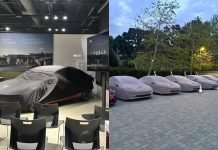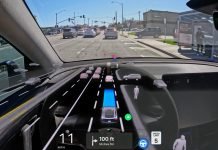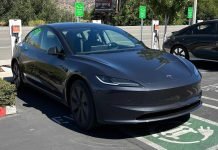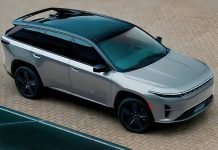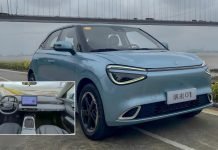During its Battery Day event last year, Tesla had unveiled its new 4680 battery cell. But at the event, the company also mentioned its plans for a new battery architecture built around the new cell. The aerospace innovation of building aeroplane wings as fuel tanks instead of building the fuel tanks inside the wings inspired Tesla’s idea. They decided to build a battery pack that acts as a body structure, linking the front and rear underbody parts. And now, they’ve taken a big step towards implementing that.
Tesla has now produced the first Model Y mega cast at Gigafactory Texas ahead of the start of production of the Model Y with the new structural battery pack technology.
The Plan for the Structural Battery Pack
Currently, Tesla builds battery packs by combining cells into modules, which when put together form a battery pack. Tesla then installs this battery pack into the vehicle platform.
In this new concept, Tesla is not using modules and instead builds the entire battery pack as the structural platform of the vehicle. The battery cells help in solidifying the platform as one big unit. We already know that Tesla has expertise in giant casting parts. Last year, the company had begun manufacturing the Model Y using just two, giant structural parts. They used a giant casting machine for this and managed to bring the number of components from over 70 to just two.
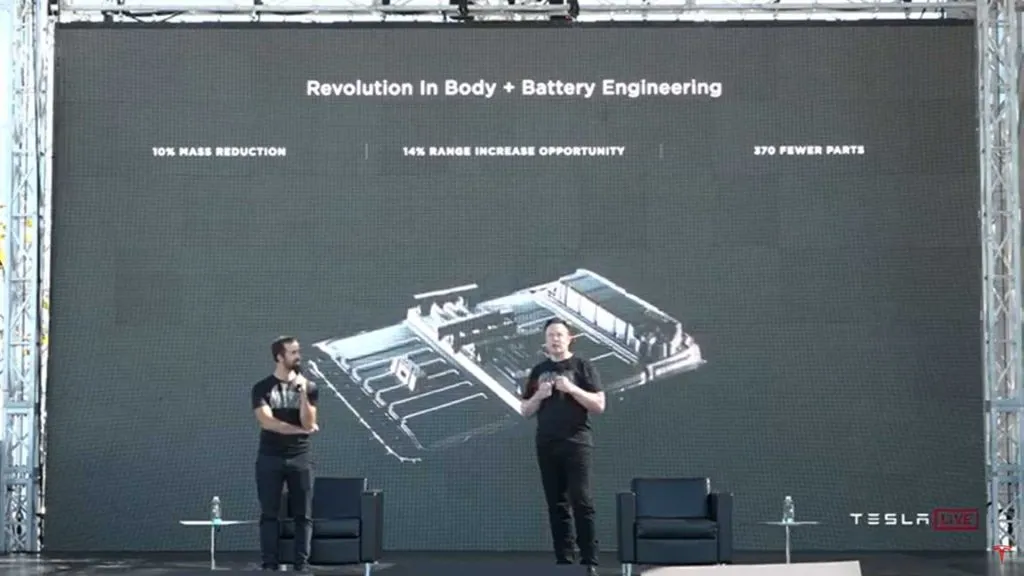
Tesla can connect a big single-piece rear and front underbody to this structural battery pack in the new design. This new design reduces not only the number of parts but also the total mass of the battery pack. This enables Tesla to improve efficiency and ultimately the range of its electric vehicles.
Tesla’s Mega Casting for the Structural Battery Pack
Now Tesla has started to produce the new mega casting parts that go on each side of the structural battery pack to create this new simple three-part vehicle platform. Casting expert Axel Turck leaked an image of the first front-end mega cast underbody produced by Tesla (via LinkedIn). You can see casting experts wearing Tesla hard hats admiring the giant new piece of casting in the image.
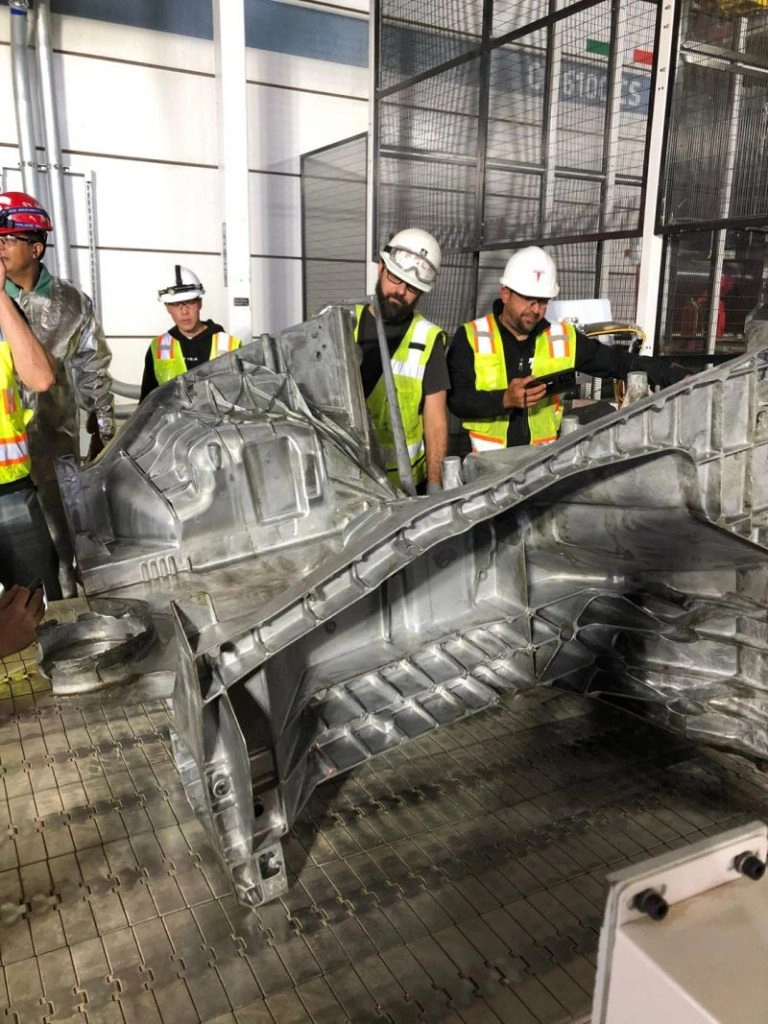
Why This Mega Casting is a Big Deal
In the auto industry, it isn’t unusual for companies to use castings for their vehicular components. This has been going on for quite a long time. However, the companies generally limit the size of the casts and don’t normally cast huge components. Instead, they generally assemble smaller pieces of casting.
In the last few years, Tesla has been pushing the limits of how big casting parts can be to simplify the production process. Turck mentioned that an Idra casting machine produced this mega cast in Texas.
Earlier this year, we reported that Tesla had placed an order for an 8000-ton ‘Giga Press’. Last week, Tesla began operating on this impressive piece of machinery, according to drone footage. And now, they have completed the casting of one of its three components for the upcoming structural battery pack. The part apparently weighs 130 kg (286 lbs), according to Turck. Tesla will be using this part in the production of the Model Y at Gigafactory Texas. This will probably begin by the end of the year.
Our Opinion
Tesla is really pushing the limits of using large casting parts in the base structure of its vehicles. Elon Musk had mentioned earlier this year in an interview that material science is one of the subjects that every engineer should take. It is this kind of innovation and progress in this field that makes one think of the possibilities that can materialize into modern automobiles. He also mentioned during that interview that the current battery packs are like a sack of potatoes – their weight doesn’t contribute towards improving the efficiency of the vehicle. This structural battery pack could be a major game-changer in solving the range puzzle that electric vehicles currently are facing.

